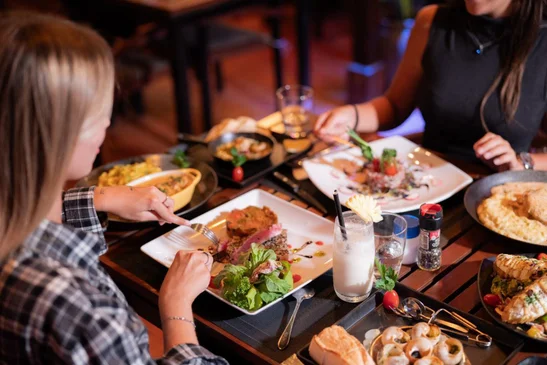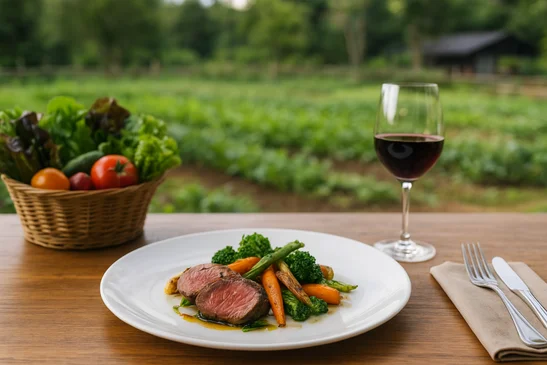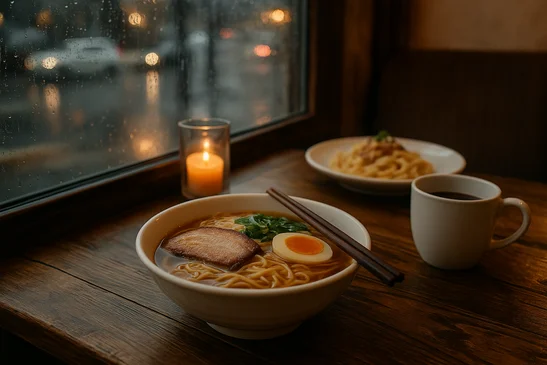If you want to identify the single most persistent stereotype Thai people have regarding westerners, it’s probably that these visitors from the other hemisphere can’t handle spicy food. As they say, stereotypes exist for a reason and while some westerners can gnaw on chilies with the best of them, many get teary-eyed when the chef goes a bit strong on the black pepper. Sure, it’s understandable as these cultures don’t typically highlight the use of spicy ingredients, but it is unfortunate. While they might not realize it, chilies are a staple in many Thai dishes and some simply aren’t the same dish without them.
This stereotype has persisted so much, that those of us westerners who do enjoy spice have to make a real effort to convince restaurants of this. Oftentimes, even when trying to order a dish “Thai spicy” they hold back as to not upset our perceived spice-sensibilities. This likely stems from the increased presence of Russians and eastern Europeans whose cuisine contains basically no spice.
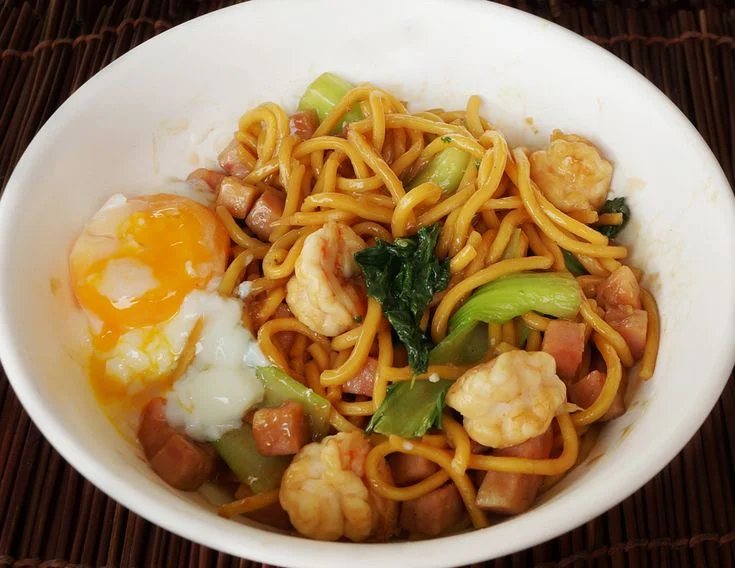
mee hokien Cr: pinterest.com
Fortunately for those with delicate taste buds there are plenty of Thai dishes typically made mild. Some of these such as noodle dishes like the ubiquitous phad Thai, phad si yu, and Phuket-endemic mee hokien are very mild and the diner is expected to add spices to their taste. For the extremely sensitive, it’s a good idea to play it safe and order it not spicy or “mai pet”.
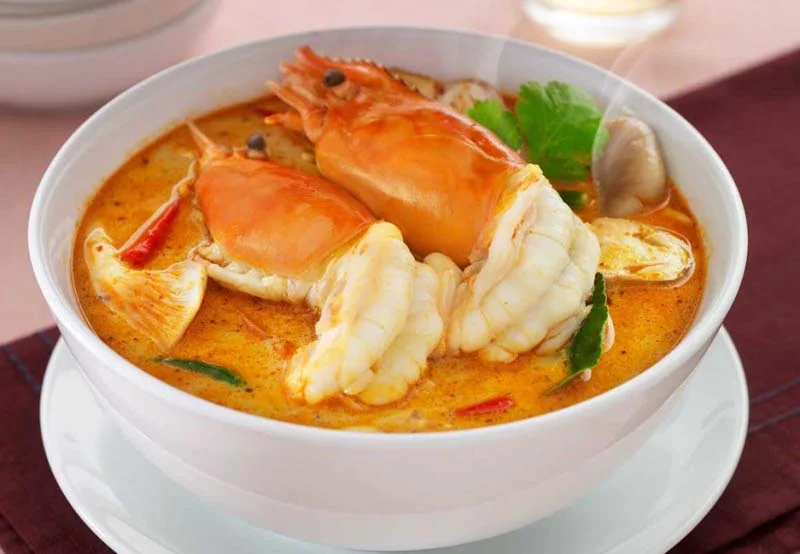
tom yum with coconut milk Cr: sites.google.com
Some of the more well-known Thai dishes amongst westerners such as green curry and tom yum, will usually still have a low level of spice regardless of how you order it. Unfortunately, many Thai curries like penang, red curry (phad phet), orange curry (gaeng som) and khao soi are made with chilies and fresh/dried peppercorns and may never be as mild as some may prefer. In dishes that contain it, as a way to dilute or cool down the spice in a dish, the cook will increase the coconut milk. In the case of tom yum there are two types: one with clear broth (nahm sai) and one with coconut milk (nahm kohn), the latter of which is the safer bet for low spice levels – and it’s delicious.
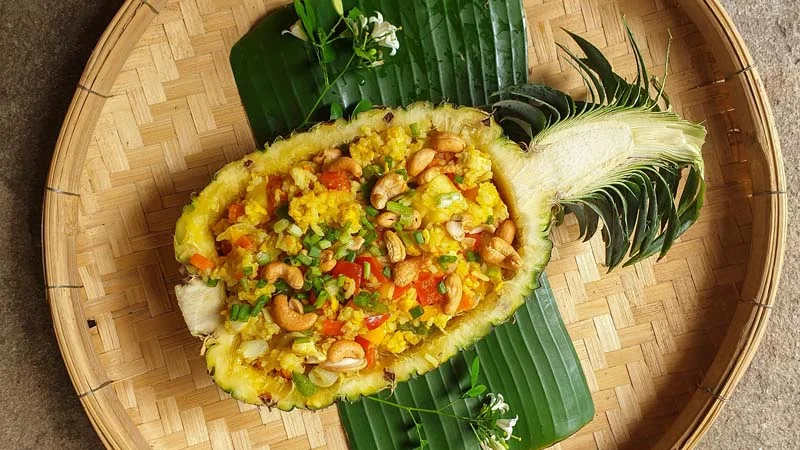
pineapple fried rice | Cr: pantip.com
Of course there’s always the classic fried rice (khao phad) as a safe standby. It’s not prepared with any spicy ingredients and is as safe as it gets. If you want some more flavor, try ordering the pineapple fried rice. It is cooked with chunks of pineapple and a mild yellow curry powder so it might give your tongue a slight tingle, but rarely packs any punch. Coconut soup (tom ka) is another typically safe favorite fit for everyone. This soup doesn’t rely on chilies for flavor, instead making use of the ginger-like root, galangal, along with lemongrass, kaffir lime leaves and more.
One last often overlooked, but certainly worthy of mention, is the humble Thai omelete. Spoiler alert if you’ve never had one – they’re delicious. They come in two forms: the one egg version that is served on top of the rice along with whatever else you’ve ordered, and the multi-egg version. The latter can be ordered plain or with ingredients mixed in like veggies, minced pork, or minced shrimp.
